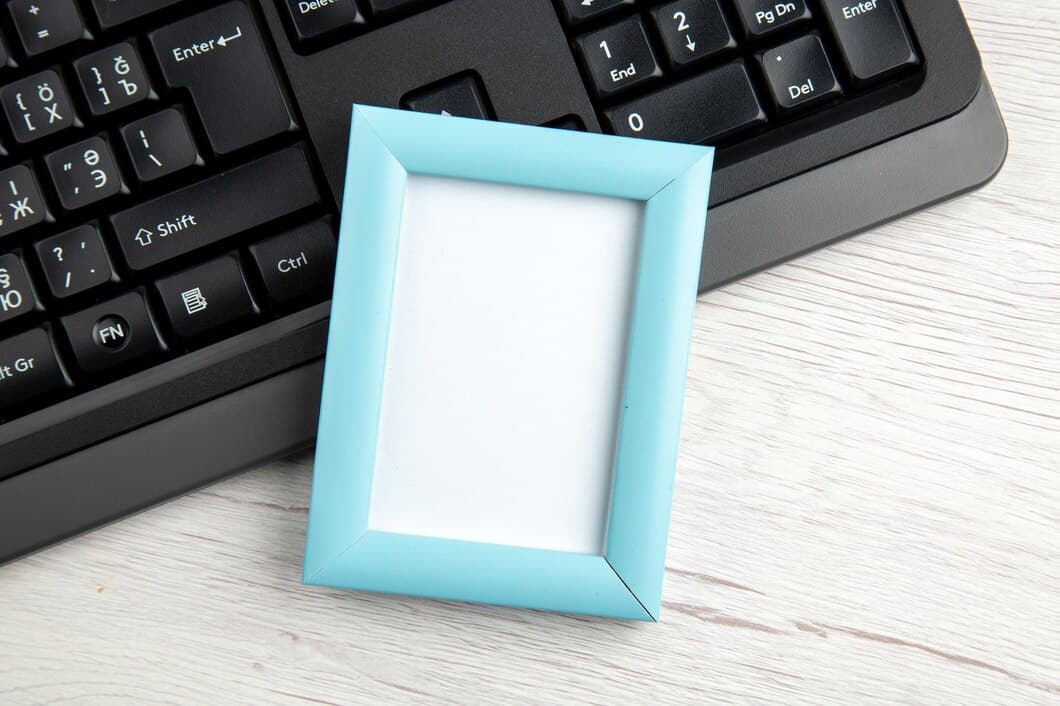How To Fix A Keyboard That Is Not Working On A Desktop Computer?

A malfunctioning keyboard on a desktop computer can be a frustrating experience. Fortunately, there are numerous potential solutions to resolve this issue. This article explores several effective methods for troubleshooting and repairing a non-functioning keyboard on a desktop computer, providing detailed instructions and helpful tips to guide users through the repair process. To improve the article's comprehensiveness, additional information on keyboard maintenance and preventive measures is also included.
Before attempting any repairs, it is essential to ensure that the keyboard is properly connected to the computer and that the connection is secure. If the problem persists, try restarting the computer to eliminate any potential software glitches. Additionally, check the keyboard's batteries (if applicable) and replace them if necessary. If these basic steps do not resolve the issue, further troubleshooting is required, and this article provides a detailed guide to assist users in identifying and resolving the underlying cause of the keyboard malfunction.
Check the keyboard cable and connections.
First of all, make sure the keyboard cable is properly plugged into the computer. If not, just plug it in again. Then, check for any damage to the cable. If there is any damage, you may need to replace it.
If the cable appears to be fine, check the connections at both ends. Make sure they are clean and free of any debris. You can clean the connections with a cotton swab dipped in rubbing alcohol if necessary.
If you have tried all of these steps and your keyboard still is not working, there may be a problem with the keyboard itself. If you have another keyboard, try plugging it into the computer to see if it works. If it does, then you know the problem is with your original keyboard.
If you have tried all of these steps and your keyboard still is not working, you may need to contact the manufacturer for further assistance.
Restart your computer.
If your keyboard is not working on your desktop computer, one of the first things you should try is restarting your computer. This will close all of the programs that are running and refresh the system. Once your computer has restarted, try using your keyboard again to see if it is working properly.
In some cases, restarting your computer may not be enough to fix the problem. If your keyboard is still not working, you may need to try other troubleshooting steps, such as checking the connection between your keyboard and your computer, or updating your keyboard drivers.
If you have tried all of the troubleshooting steps and your keyboard is still not working, you may need to contact the manufacturer of your keyboard for assistance.
Here are some additional tips for restarting your computer: - If your computer is frozen, you can force it to restart by pressing and holding the power button for about 10 seconds. - If your computer is not frozen, you can restart it by clicking on the Start button and then clicking on the Power button. - You can also restart your computer by pressing the Ctrl+Alt+Delete keys simultaneously and then clicking on the Restart button.
Update your keyboard drivers.

Try using a different keyboard.

If your keyboard isn't working properly, one possible solution is to try using a different keyboard. This can help you determine if the problem is with your keyboard or with your computer. To try a different keyboard, simply plug it into your computer and see if it works. If the new keyboard works, then the problem is likely with your old keyboard. If the new keyboard doesn't work, then the problem is likely with your computer.
There are a few things to keep in mind when trying a different keyboard. First, make sure that the new keyboard is compatible with your computer. Second, make sure that the new keyboard is properly plugged into your computer. Third, if the new keyboard still doesn't work, try restarting your computer.
If you've tried all of the above steps and your keyboard still isn't working, then the problem may be with your computer's motherboard or BIOS. In this case, you should contact a qualified computer technician for assistance.
Check your keyboard settings.

Run the Keyboard Troubleshooter.

Use the Device Manager to troubleshoot.
If you're having trouble with your keyboard, one of the first things you should do is check the Device Manager. The Device Manager is a tool that allows you to view and manage all of the hardware devices that are connected to your computer. To open the Device Manager, press the Windows key + X and then click on "Device Manager".
Once the Device Manager is open, expand the "Keyboards" section. You should see a list of all the keyboards that are connected to your computer. If your keyboard is not listed, it may be because it is not properly connected. Try unplugging and replugging the keyboard. If that doesn't work, you may need to try a different keyboard.
If your keyboard is listed in the Device Manager, but it is not working properly, you can try to troubleshoot the problem by updating the drivers. To update the drivers, right-click on the keyboard and then click on "Update Driver".
Check for malware or viruses.

Inspect the keyboard for physical damage.
Inspect your keyboard for physical damage. Check for any loose or missing keys, broken wires, or dents in the casing. If you find any damage, it may be the cause of your keyboard not working.
If you do not find any physical damage, the issue may be with the keyboard's connection to your computer. Try unplugging the keyboard and plugging it back in. If that does not work, try using a different USB port.
Clean the keyboard.
Cleaning the keyboard is a simple but effective way to fix many common issues. Over time, dust, dirt, and debris can accumulate on the keys, interfering with their function. To clean the keyboard, unplug it from the computer and turn it upside down to shake out any loose debris. Then, use a soft brush or compressed air to remove any remaining dust or particles. If there is any stubborn dirt or grime, you can use a cotton swab dipped in rubbing alcohol to gently wipe down the keys.
If you have a mechanical keyboard, you may need to remove the keycaps to clean them properly. To do this, use a keycap puller to gently pry off the keycaps. Be careful not to damage the keycaps or the keyboard itself. Once the keycaps are removed, you can clean them with a soft brush or compressed air. If there is any stubborn dirt or grime, you can use a cotton swab dipped in rubbing alcohol to gently wipe down the keycaps.
After cleaning the keys or keycaps, allow the keyboard to dry completely before plugging it back into the computer. This will help prevent any damage to the keyboard or the computer.
Frequently Asked Questions
How to fix keyboard problems
Firstly, you need to understand why the keyboard does not work. There are many reasons the keyboard does not work: keyboard damage, keyboard failure, computer failure, keyboardUSB is not connected properly, etc.
How to connect the keyboard to the computer?
First of all, we need to connect the keyboard to the computer. Open your keyboard’s battery area and insert batteries if it is not a charging keyboard. Then insert the receiver into the USB port of the computer. If it has been successfully connected, you can start using your keyboard.
Why is my keyboard not responding?
There are many reasons why your keyboard will not respond. One of the most common reasons is that the keyboard is not properly connected to the computer. Make sure that the keyboard is plugged into the computer and that the connection is secure. If the keyboard is properly connected and still not responding, there may be a problem with the keyboard itself. Try using a different keyboard to see if that solves the problem.
How to clean the keyboard?
First turn off the computer, then unplug the keyboard from the computer. Flip the keyboard over and shake out any loose crumbs or debris. Use a can of compressed air to blow out any dust or debris that may be stuck in the keys. If there is any visible dirt or grime on the keys, you can use a soft, damp cloth to wipe them down. Finally, let the keyboard dry completely before plugging it back into the computer.
To Sum Up
To fix a keyboard that is not working on a desktop computer, you can try the following tips: Check the keyboard connection, restart the computer, update the keyboard drivers, clean the keyboard, reseat the keyboard, and troubleshoot the keyboard. If none of these steps work, you may need to replace the keyboard.
It's essential to identify the cause of the issue to troubleshoot the keyboard effectively. If the issue persists after trying the tips mentioned above, consult the manufacturer's instructions or seek professional assistance.




